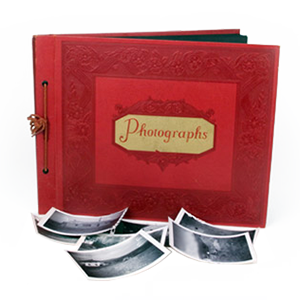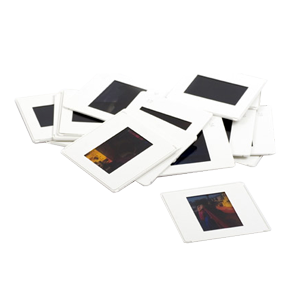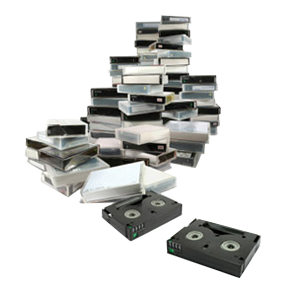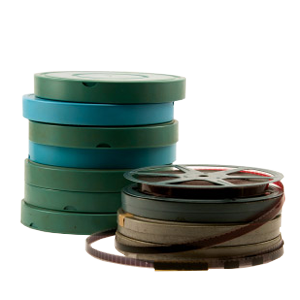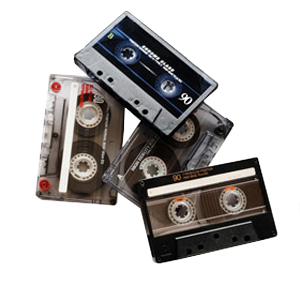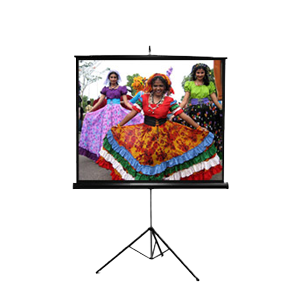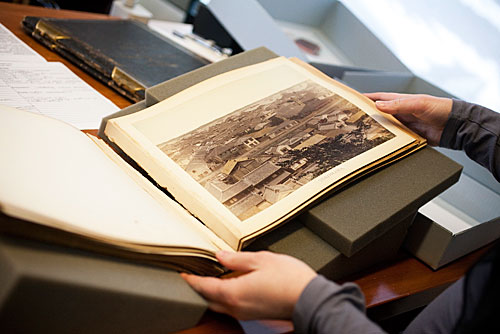
Since they were first produced, hundreds of millions of photographs have been lost due to deterioration, natural disasters, wars, and many more factors. While sometimes it may simply not be possible to salvage photographs, you can definitely take preventative steps to ensure their longevity and survival of the elements. Whether you’re the current caretaker of your family photo collection, or a professional photographer, learning how to preserve and protect your valued images is important.
During the process of protecting and preserving your photos, we highly recommend using a photo scanning service, or even scanning them at home using a high quality photo scanner. This will ensure you have digital backups of all of your images in the event of a disaster or total loss of your photos.
Before you can begin to properly protect your photographs, you’ll need to know what you’re protecting them from. As you probably guessed, you’ll want to keep them away from direct sunlight, areas of high heat, and places that could potentially host rodents or insects. Other risks to photos come in the form of high humidity, which could promote mold growth, and sulfur compounds found in wood, which can deteriorate your photos over time. Experts advise against storing your photos in attics, garages or basements due to less than ideal insulation or temperature/humidity control. Storing them indoors, away from heat and moisture, and in archival rated boxes or materials is a great way to extend the life of your photos.
Preserving family photo albums can be a bit more tricky. The first step before protecting is to completely organize your albums. Check out loose-leaf albums, which are great for organizing. Take caution, however, as many store-bought photo albums and the old photo albums with black paper pages, could potentially be harmful to your photos, as they may have been made with unsafe chemicals. It’s also best to stay away from magnetic albums and vinyl photo albums.
When your album contains lots of photos of varying sizes, the images can be organized on archival paper pages and mounted with archival photo corners. Then you’d take your pages of photos and insert them into clear polyester or polypropylene pockets. These often already three-hole punched for 3-ring binders. Most large office supply stores like Office Depot or Office Max carry boxes of clear archival-grade page protectors.


